Plant Structure and function -> reflect
Reflect
When we talk about reflection in science, we are referring to the process by which light, sound, or heat is thrown back or bounced off a surface. This bouncing off of waves is what allows us to see objects, hear echoes, and feel warmth from the sun.
Reflection of Light
When light hits a smooth and shiny surface, such as a mirror, it bounces off at the same angle it hit the surface. This is why we can see our reflection in a mirror. The law of reflection states that the angle of incidence is equal to the angle of reflection.
Reflection of Sound
Sound waves also reflect off surfaces. When a sound wave hits a hard surface, such as a wall or a cliff, it bounces back to our ears. This is why we can hear echoes in certain places, like mountains or canyons.
Reflection of Heat
Heat, or infrared radiation, can also be reflected. Certain materials, like aluminum foil, are good at reflecting heat. This is why wrapping food in aluminum foil helps to keep it warm.
Study Guide
- What is reflection in science?
- Give an example of reflection of light.
- What is the law of reflection?
- How does sound reflect off surfaces?
- Why is aluminum foil good at reflecting heat?
◂Science Worksheets and Study Guides Fourth Grade. Plant Structure and function

 Worksheet/Answer key
Worksheet/Answer key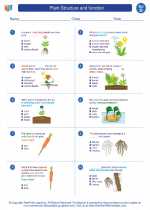
 Worksheet/Answer key
Worksheet/Answer key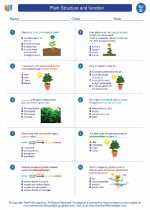
 Worksheet/Answer key
Worksheet/Answer key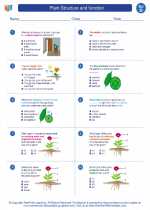
 Vocabulary/Answer key
Vocabulary/Answer key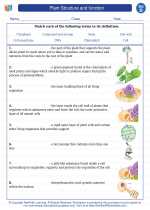
 Vocabulary/Answer key
Vocabulary/Answer key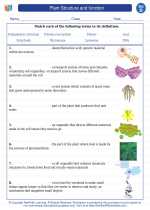
 Vocabulary/Answer key
Vocabulary/Answer key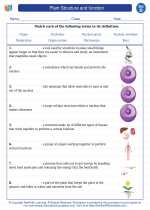
 Vocabulary/Answer key
Vocabulary/Answer key
